Festivals of Colour: Celebrating Cultural Events Around the World
Immerse yourself in one of these culturally enriching international festivals - due to start over the coming year…
Experiencing one of the world’s many cultural festivals is a great way to see a country at its best. Locals tend to be at their happiest and most welcoming, while the surrounding parades, performances, rituals and feasts are invariably a treat for the five senses.
Here we explore some of the planet’s most colourful festivals, and celebrate the wonders of cultural diversity. Dress up in baroque costumes, cover strangers in colourful powders, envelop yourself in falling cherry blossoms - and much more…

Harbin International Ice and Snow Sculpture Festival (January - February) - Harbin, China
In recent years, China has developed a reputation for doing things on a grand scale, and that goes double for the Harbin International Ice and Snow Sculpture Show, which starts on Christmas Day (weather permitting) this year. If you have other Christmas plans, fear not; the show goes on until the end of February.
Located in northeast China, the Harbin ice extravaganza features vast, breathtaking ice sculptures, all lit up with colourful lights.
There’s also ice lantern art, cultural performances and snow sports to enjoy. Speaking of which, Harbin is home to one of China’s biggest ski resorts (Yabuli), so you can get some skiing and snowboarding in too. A full day’s ski pass costs about £75, which is a little pricey compared to even the top French and Austrian ski resorts - but you’ll be able to say you went skiing in China!
Thirty-day visas must be obtained in advance of travel and can be collected from visa application centres in London, Manchester, Belfast or Edinburgh.
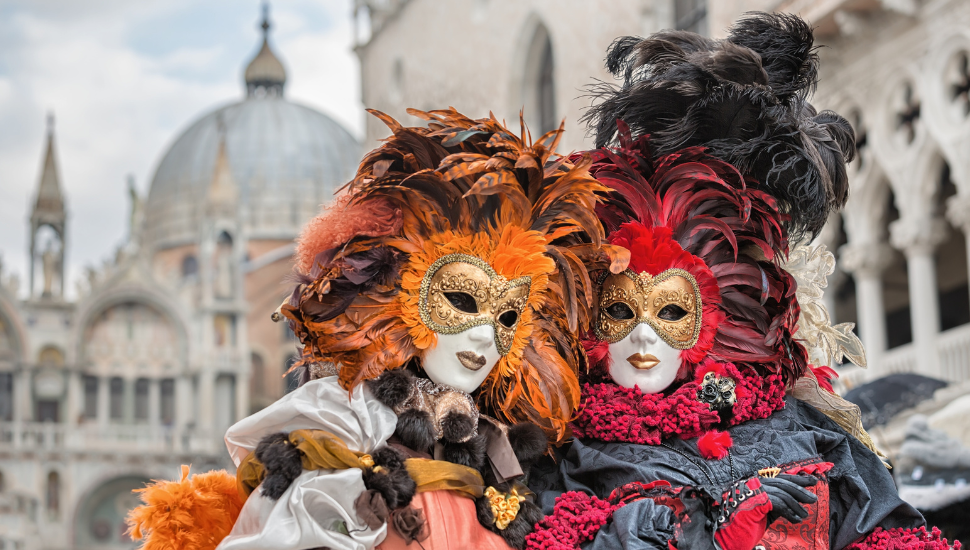
Carnival of Venice (February) - Venice, Italy
The Venice Carnival is the ultimate cosplay party, where you can don a flamboyant Renaissance costume, complete with mask, and mingle with similarly dressed partygoers amidst some of the finest Gothic architecture in the world.
Featuring grand parades, musical performances and street entertainment, the Carnival of Venice lasts for two weeks and transports you back to the glories of the 13th century (minus the Black Death and poor sanitation!). Come nightfall, the stunning plazas and canals are illuminated with lanterns and a strange, magical atmosphere envelops the city.
You can also attend one of the many lavish and colourful Masquerade Carnival Balls, which usually include appetisers, dinner and entertainment based on the party's theme - usually magicians, opera, or acrobats. DJs often play modern dance music later in the evening.
These opulent soirées aren’t cheap, with the most affordable starting at 300 euros. And you might pay ten times this to attend the Doge’s Ball on the last Saturday of the Carnival. Renting a costume is pricey too, although buying your own gear online in the UK is likely to be much cheaper.
Eccentricity meets salubriousness in this most wondrous of international festivals.
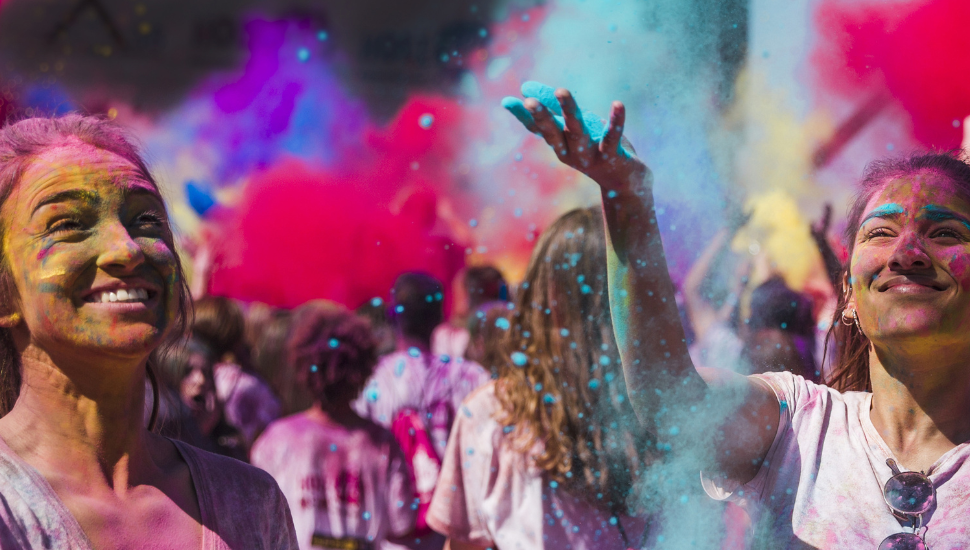
Holi Festival (March) - Across India and Nepal
Adventures in India and Nepal tend to be colourful affairs, but they’re especially so during the Holi Festival, aka The Festival of Colour.
This joyous event, rooted in Hindu mythology, sees participants throw brightly coloured powders and water at each other, and features much singing and dancing.
Inspired by this riot of colour, other global cities have set up their own versions of the Holi Festival, but none match the energy and joy of the original.
While Delhi and Agra are popular places to enjoy the traditional celebrations, if you’re looking for a smaller-scale yet equally enthralling experience, try Mathura, Vrindavan, or Barsana - located between those two larger cities.
Be sure to wear old clothes at this most messy of cultural festivals!

Cherry Blossom Festival (March - April) - Japan
Pink is the order of the day during Japan’s Cherry Blossom Festival, aka Sakura, which celebrates the blossoming of cherry trees from late March to early April.
Locals gather under the cherry trees as the delicate flowers float down in a blizzard of pink. Head to a local park and enjoy a traditional picnic - called hanami.
The Japanese see these falling blossoms as a reminder of life’s impermanence and they are more than welcoming to foreigners who want to join in the traditional celebrations.
The parks of Tokyo, Kyoto and Osaka are popular places to enjoy the proceedings, where you’ll also find food stalls and traditional tea ceremonies. The picnics often continue after nightfall, illuminated by traditional lanterns.
Be sure to book your accommodation in advance, as all classes of hotel fill up quickly during this celebration.
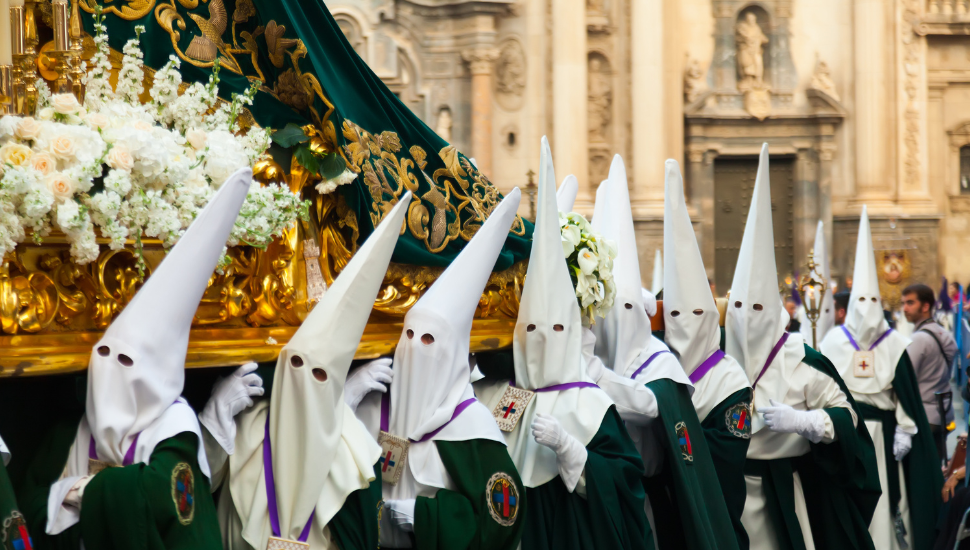
Semana Santa (Holy Week) (April) - Spain (Nationwide)
You’re unlikely to see the average Spaniard in church these days, but the nation’s secular tone evaporates in the week before Easter Sunday, during which numerous colourful religious processions take place across the country.
Each city has its own distinct events, but many feature men wearing tall, intricately decorated hoods, as well as wonderfully detailed religious floats (pasos) which depict the Passion of Christ and parade through the city centres of Andalusia, Castilla y León, and Seville.
There are also candle-lit evening processions, which are more mournful, atmospheric affairs—but no less captivating.
As with other festivals on this list, accommodation fills up quickly during Semana Santa, so do book early. Also, note that some key tourist attractions simply shut down for this busy event.
The 2025 celebrations start on Sunday 13th April and run until the 19th.
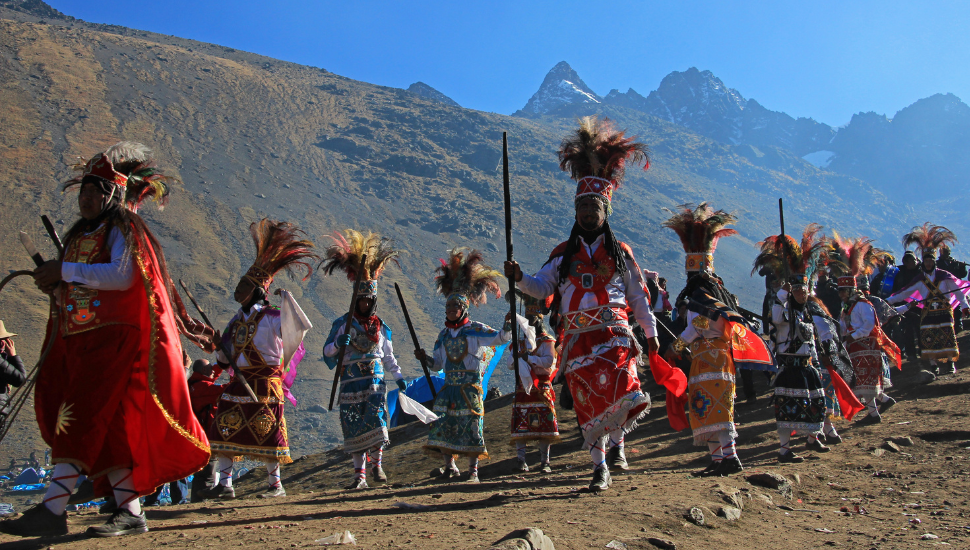
Inti Raymi (Festival of the Sun) (June) - Cusco, Peru
Peru’s Inti Raymi - or Festival of the Sun - offers a glimpse into the country’s rich pre-Columbian heritage.
This, the biggest of Peru’s international festivals, was first celebrated in 1430 in honour of the Sun God Inti, marking the first day of the New Year in the Incan calendar.
The modern-day incarnation involves reenacting dances and rituals of yore (although without the sacrifices!).
The celebration was banned during the Spanish Conquest but was revived in the 20th century. Today, people from across the globe come to see the event, making it a true celebration of cultural diversity.
The biggest event is held at Cusco’s Sacsayhuamán fortress, but there are others at sacred Incan sites across Peru.
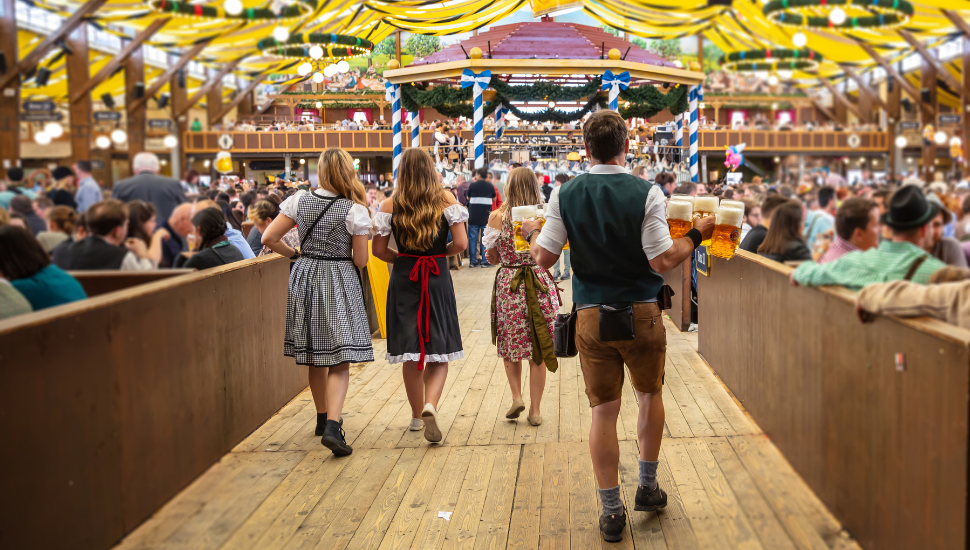
Oktoberfest (September - October) - Munich, Germany
More than seven million visitors descend on Munich every autumn for 17 days of beer-swilling joy. But it’s not all about consuming your bodyweight in Löwenbräu, there are parades, musical performances, and fairground rides too.
However, beer is indeed the main attraction during this most German of events, where locals enjoy the traditional celebrations while wearing lederhosen and dirndl costumes. They’re invariably joined by countless non-Germans (including plenty of Brits) who try to hold their own against the Bavarian beer drinkers (assisted, if they’re being sensible, by a steady influx of delicious pretzels, bratwurst and schnitzel).
The world-famous event started out in 1810 as a series of horse races to celebrate the marriage of Crown Prince Ludwig and Princess Therese of Saxe-Hildburghausen. The shindig went down so well that it was held every year, except during major wars and other social upheavals.
While Oktoberfest has become one of the more commercial cultural festivals in Germany, it is still a lot of fun.
Be sure to book your accommodation well in advance, as Munich is a chilly place in autumn after sundown when you don’t have a hotel!
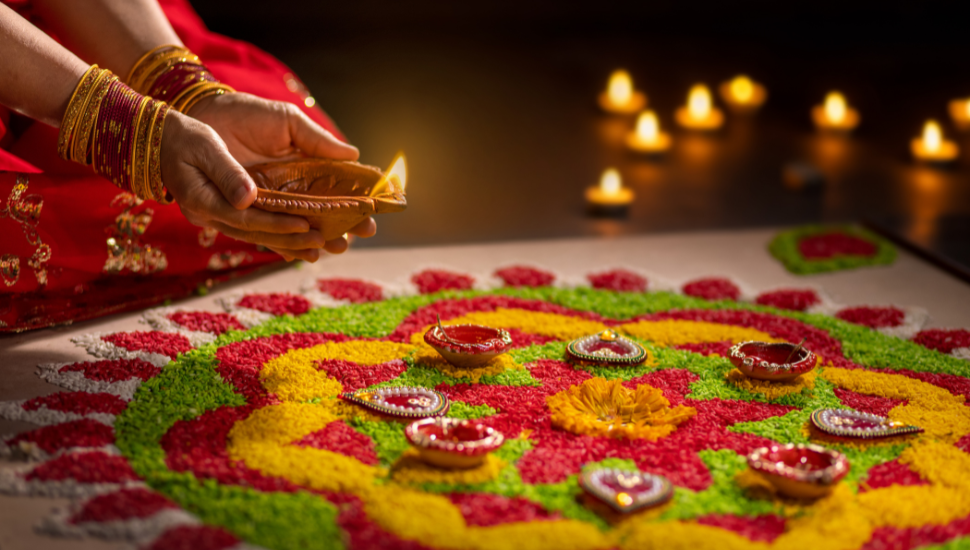
Diwali (Festival of Lights) (November) - Across India and Nepal
Diwali, the Hindu Festival of Lights, is celebrated across India, Nepal and among Hindu communities worldwide, including in the UK.
While British Diwali events are colourful and fun, they pale in comparison to South Asian celebrations.
Symbolising the victory of light over darkness, locals mark Diwali by lighting oil lamps (diyas), decorating homes and participating in family gatherings. For Brits, the most memorable (and perhaps slightly dangerous) aspect of Diwali is the fireworks - there are lots of them, and you’ll see them released publicly in a way that might raise eyebrows back home!
But it’s not all about unexpected detonations; food plays a big role too. You can expect a thrilling array of sweets and savoury dishes during this cherished Hindu festival.
If you don’t fancy the joyful chaos of places like Varanasi or Kolkata, why not head to Ayodhya, the birthplace of Lord Rama. Here, you’ll witness millions of earthen lamps, candles and diyas illuminating the ghats beside the majestic Sarayu River - an incredible sight.